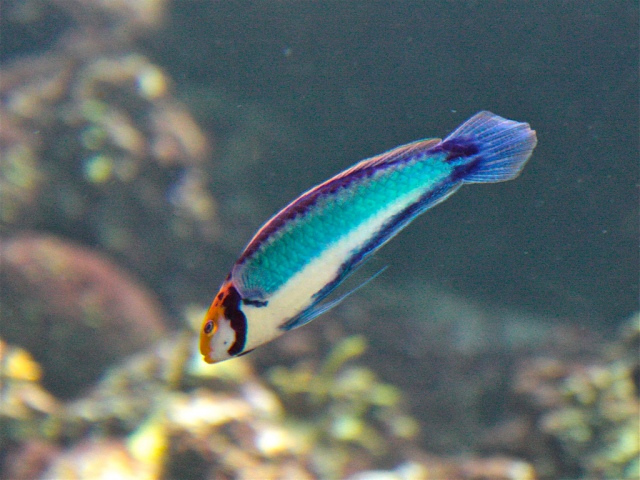TAXONOMY
Kingdom: Animalia
Subkingdom: Metazoa
Phylum: Cnidaria
Class: Anthoza
Order: Scleractina
Family: Faviidae
Genus/species: Colpophyllia natans
GENERAL CHARACTERISTICS: Dome shaped colonies of individual polyps. The colony surfaces are covered with random curved ridges separated by large long and wide grooves known as valleys. Size: Up to 6 feet in diameter.
DISTRIBUTION/HABITAT: Caribbean Sea, Gulf of Mexico and Florida Keys. Depth up to 55 m (180 ft)
DIET IN THE WILD: Plankton and zooxanthella by-products.
REPRODUCTION: Budding, and external sexual fertilization.
CONSERVATION: IUCN Least Concern Threats include coral bleaching, black band disease, and white plague which can cause mortality.
REMARKS: Even though they may grow to 6 feet their skeletons will float when dry.
References
California Academy of Sciences Steinhart Aquarium, Caribbean Reef Exhibit 2018
Ron’s flickr https://www.flickr.com/photos/cas_docents/5230996878/in/album-72157625866509117/
Ron’s WordPress shortlink http://wp.me/p1DZ4b-1DB
arkive www.arkive.org/boulder-brain-coral/colpophyllia-natans/
IUCN Red List www.iucnredlist.org

























